Two Important Purposes
The primary purpose of a property insurance inspection is twofold: to come up with an accurate estimation of a property’s replacement cost and to uncover any current existing or potential risks that could translate into future claims. While an insurance application may seem fairly comprehensive in the information it obtains, as an underwriter, you can’t always count on that information being either totally accurate or even truthful. A detailed, hands-on, in-person inspection by a qualified inspector can provide important information that may not be readily available by someone filling out a standard insurance application.
Self-Inspection
While a typical property insurance inspection includes analysis of both a property’s interior and exterior, there are instances when this is impractical. An exterior inspection can be undertaken in many cases without a property owner or representative on site. One helpful technology in this effort is the use of drones, where the roof can be inspected without actually getting on the roof and the backyard and surrounding areas of a residence can be seen even when entry through a gate isn’t available.
Interior inspections, however, require the property owner or representative to be present. In the case of seasonal or vacation homes left vacant for periods of time, it’s possible for the homeowner to complete a self-inspection. This can be done through the use of a tablet or smartphone utilizing a special app. The step-by-step procedure is explained in detail and, once completed, the self-inspection information and photos are forwarded to the insurance carrier.
Who Needs a Property Insurance Inspection?
Any property that you own should be insured, even if it’s not being financed and, therefore, required by your mortgage lender to be covered. And, while most insurers are going to want to have your property inspected before they finalize your insurance policy, this isn’t always the case. Here are some typical reasons your home may require an inspection:
- You’ve purchased a new property
- You’ve had significant additions or upgrades to your property
- You’re changing insurance carriers
- You’re updating your current coverage
Inspections are beneficial to your insurer but can also benefit you as well. It can be helpful in pointing out issues or areas that may be lowering your home’s market value. It can also alert you to any areas with which your insurer finds concern as well as help ensure that your property is properly covered.
Depending on the protocols of your insurance company, an inspection may not be something they require. If the property is older and hasn’t been inspected recently, it will almost always need an inspection. Insurance Risk Services has been leading the field for more than three decades, helping our client partners make more informed decisions regarding properties they’re underwriting. Call us to schedule residential or commercial inspections, complete with our full field support services.


